Wo können E-Commerce-Inhalte bei Google erscheinen?
Google hat mehrere Plattformen, auf denen deine E-Commerce-Inhalte angezeigt werden können, z. B. in den Suchergebnissen und in Google Maps. Wenn du die richtigen Inhalte auf der entsprechenden Google-Plattform anbietest, kannst du neue potenzielle Kunden erreichen.
Google kann E-Commerce-Inhalte auf den folgenden Plattformen anzeigen:
| Plattformen | |
|---|---|
Google SucheWeitere Informationen darüber, wie du das Ranking in der Google Suche verbessern kannst, findest du im Startleitfaden zur Suchmaschinenoptimierung (SEO). Beispiele dafür, wie Google deine Ergebnisse präsentieren kann, findest du in der Liste der von Google Search unterstützten Markups für strukturierte Daten. |
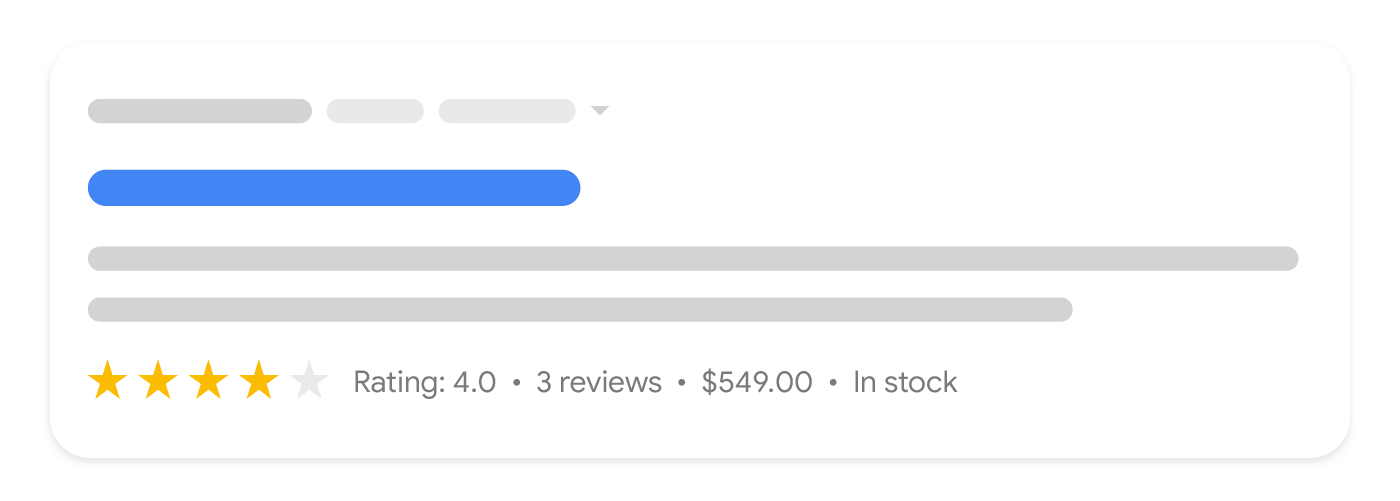
|
Google BilderTipps dafür, wie du deine Bilder für die Indexierung durch Google vorbereitest, findest du in den Best Practices für Google Bilder. |
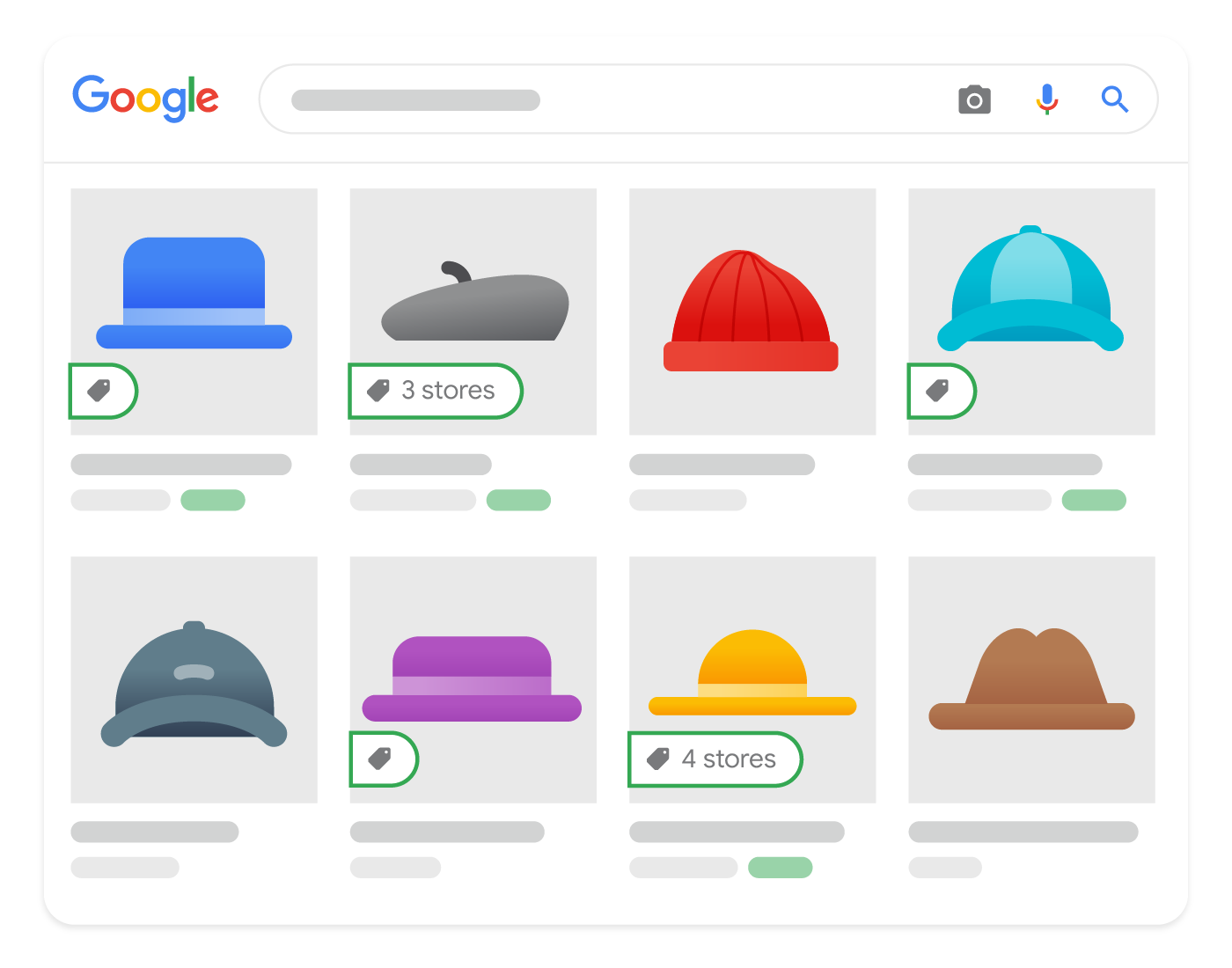
|
Google LensWenn du möchtest, dass deine Produkte in den Suchergebnissen von Google Lens gefunden werden, musst du die Produktdetails ins Google Merchant Center hochladen, den Produkteinträgen zustimmen und die Best Practices für Google Bilder beachten. |
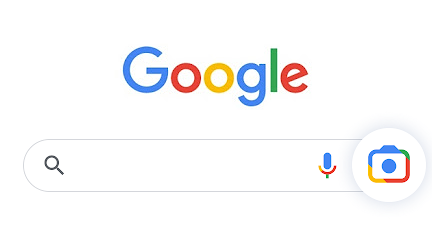
|
Google Shopping-TabWenn du möchtest, dass deine Produkte auf dem Google Shopping-Tab gefunden werden, lade sie ins Google Merchant Center hoch. |
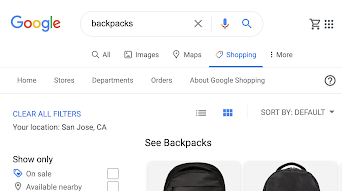
|
UnternehmensprofilWenn du Unternehmensinformationen zu Google hinzufügen möchtest, musst du Anspruch auf dein Unternehmensprofil erheben und deine Unternehmensprofile mit dem Merchant Center verknüpfen. |
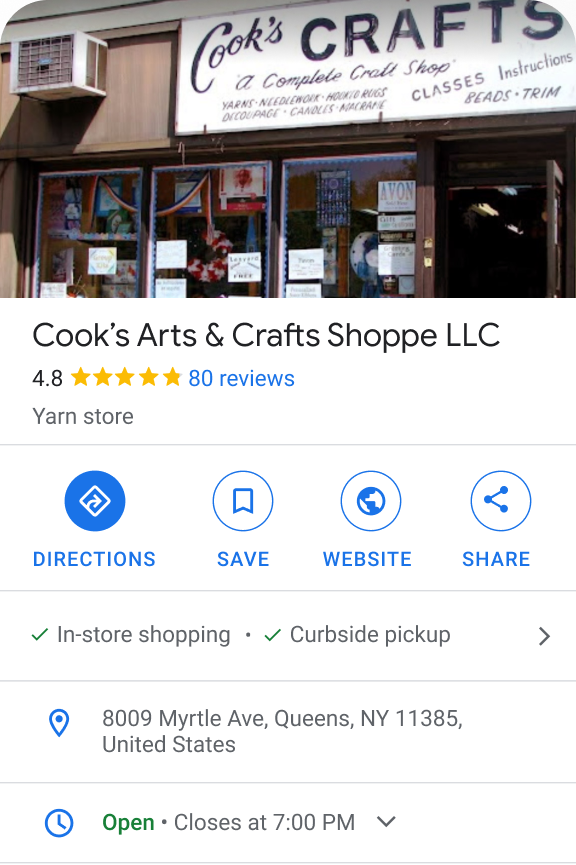
|
Google MapsWenn deine Produkte in den Suchergebnissen von Google Maps erscheinen sollen, lade sie zusammen mit den Daten zum Inventarstandort ins Google Merchant Center hoch. Weitere Informationen findest du in der Anleitung zur Einrichtung von Anzeigen für lokales Inventar. |
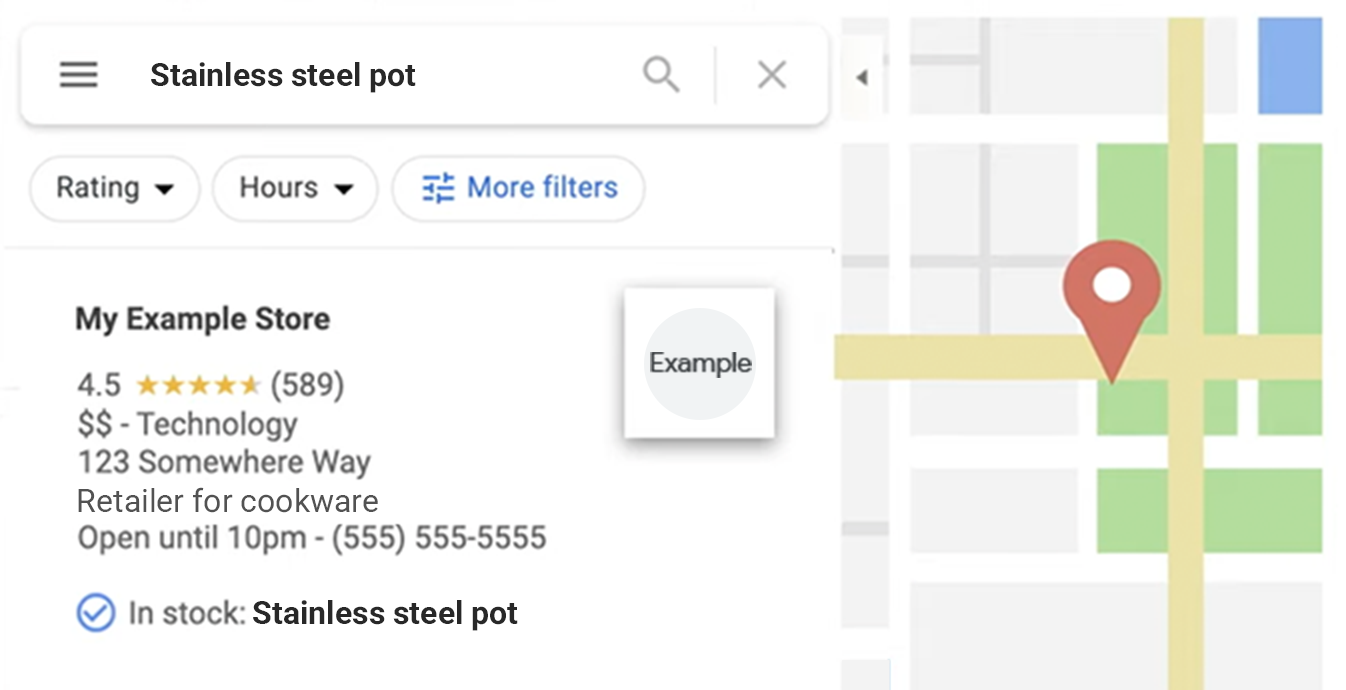
|
E-Commerce-Inhalte für unterschiedliche Kundenbedürfnisse erstellen
Wenn es um E-Commerce-Inhalte geht, sind Produktdaten das Naheliegendste. Aber es gibt auch noch andere Informationen, die für Nutzer in verschiedenen Phasen des Kaufprozesses hilfreich sein können. Hier findest du einige Beispiele für Inhalte, mit denen du Kunden auf mehr Google-Plattformen erreichen kannst:
- Unternehmensgeschichte: Beschreibe die Geschichte deines Unternehmens für Kunden, die daran interessiert sind, bei wem sie einkaufen.
- Sonderangebote: Beschreibe deine Sonderangebote für saisonale Verkaufsaktionen, zum Beispiel zum Muttertag.
- Händlerrezensionen: Mit ausführlichen Rezensionen, die du zusammen mit deinen Produkten präsentierst, zeigst du den Kunden, dass du ihnen bei der Suche nach dem für sie passendsten Produkt helfen möchtest. Lies dir unsere Hinweise zu bezahlten Links durch, wenn du Links zu Produkten auf Websites von Dritten platzierst, um Einnahmen zu erzielen.
- Kundenrezensionen: Du kannst auch den Kunden Gelegenheit geben, Bewertungen und Rezensionen zu hinterlassen, sodass sich potenzielle Käufer ein besseres Bild von deinen Produkten machen können.
- Katalog: Sorge für informative Produktbeschreibungen, in denen Suchbegriffe enthalten sind, die auch Käufer bei der Recherche nach dem Produkt verwenden. Stelle für weniger spezifische Anfragen außerdem Kategoriebeschreibungen zur Verfügung.
- Lern- und Info-Angebote: Informiere deine Kunden über Workshops, Kurse und andere Lern- und Informationsangebote, falls es sie bei dir gibt. Damit schaffst du weitere Möglichkeiten zur Interaktion. Beispielsweise kann eine Konditorei einen Kurs über Tortendekoration anbieten, besonders wenn sie auch die Artikel zum Dekorieren verkauft. Unter Veranstaltungen auf Google findest du weitere Informationen zu strukturierten Daten, die für Veranstaltungen verwendet werden können.
- Livestreams: Tritt mit deinen Kunden in interaktiven Livestreams in Kontakt, in denen du Produkte präsentierst, deren Verwendung erklärst und Kundenfragen beantwortest.
- Touchpoints für den Kundenservice: Hilf deinen Kunden, Vertrauen aufzubauen, indem du klare Angaben zu deinen Rückgabe- und Versandrichtlinien machst (z. B. auch zu Versandrabatten je nach Bestellumfang). Achte darauf, dass die Kontaktinformationen deines Kundensupports leicht zu finden und gut lesbar sind.
